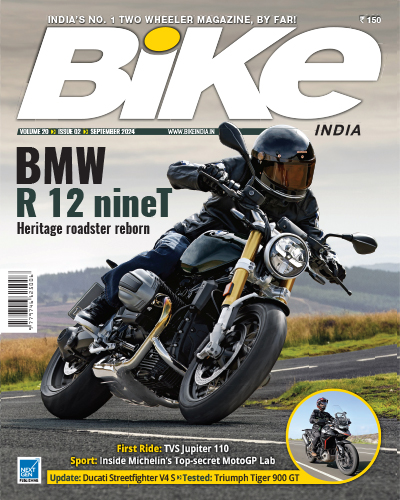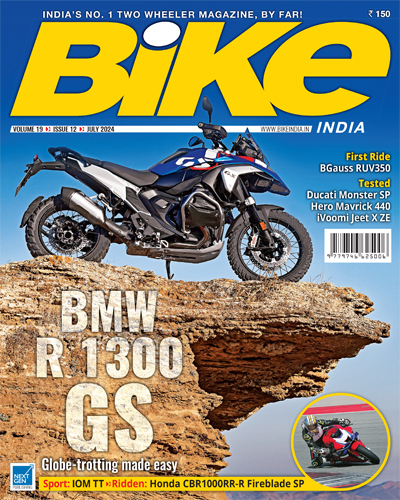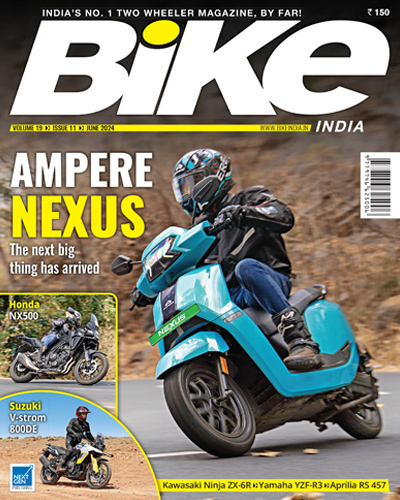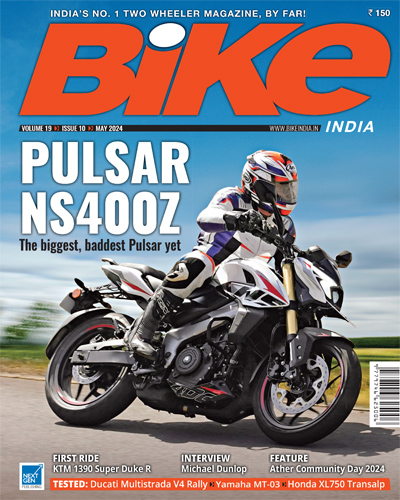
Revival of an Icon
Last month, on the country’s Independence Day (15 August), Classic Legends, who make motorcycles like the Jawa and Yezdi, launched one of the most iconic British motorcycle brands: BSA (Birmingham Small Arms).
During the post-War era and up to the early 1970s, BSA was one of the most popular motorcycle brands in the world. They had some popular models like the Shooting Star, Lightning, and their most iconic model, Gold Star, which is the model they have launched in India. The original Gold Star came as 350 and 500 singles; this one is a 650 single-cylinder.
The Gold Star was a performance bike of that era; in contemporary terms, you could call it the Ducati Panigale of the 1950s and ’60s. We have not had the opportunity to ride the new Gold Star as yet, though.
This was the first time we saw the Royal Enfield GT Cup race at the Madras International Racetrack and the shift to a different venue was a welcome change. The track has changed a lot since I raced there for the last time in 1999. It has become quicker by at least four to five seconds a lap after resurfacing and the pits are well appointed with all the basic requirements. The riders did good lap-times of one minute 56/57, but what was shocking was that none of them was riding on the correct racing line and these boys have been racing for more than five to six years with Honda and TVS. Both Honda and TVS have been running their racing programmes for a long time and have some very good racing bikes but they have not been able to teach the boys how to select the correct racing line. If they are not capable of riding on the correct line on their home circuit, what hope do they have to succeed on international racetracks?
Aspi Bhathena
Editor





